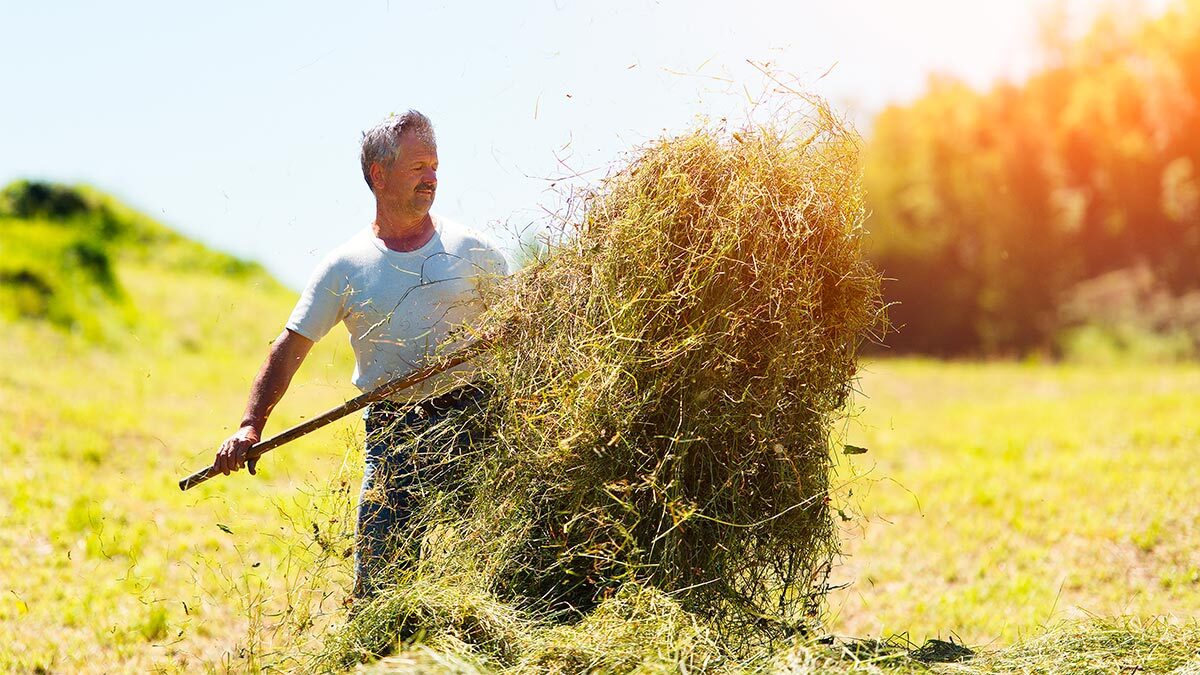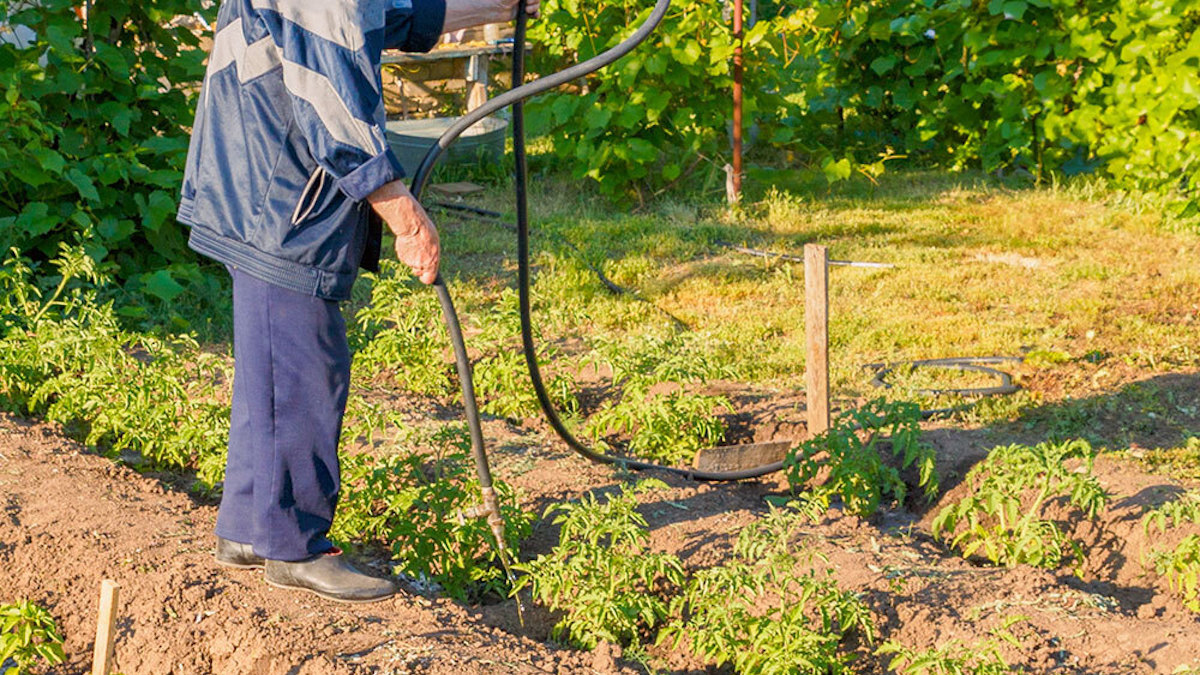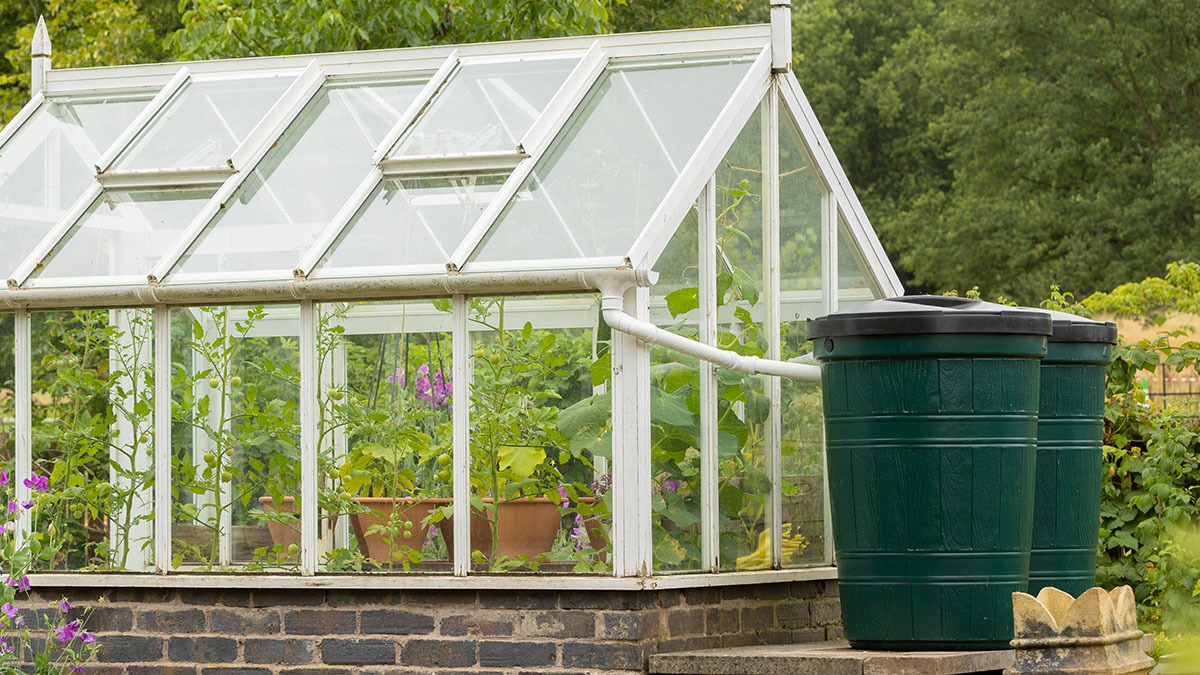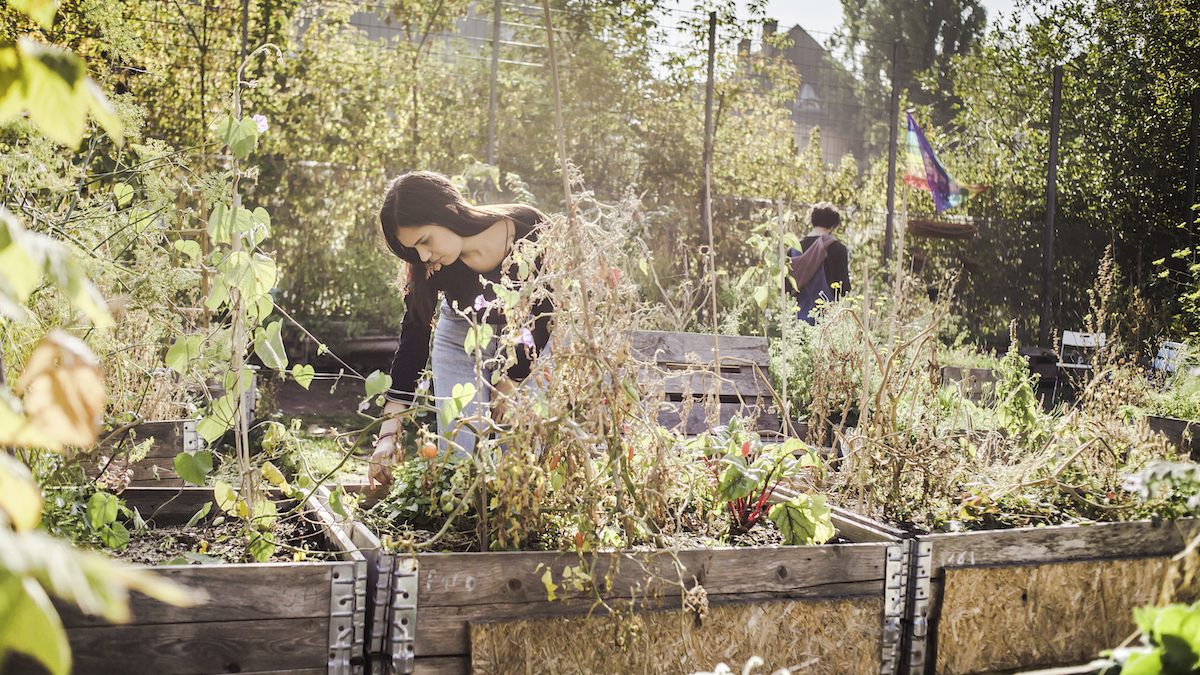on
Embracing renewable energy on the homestead, particularly wind power, can revolutionize your irrigation system.
This comprehensive guide will walk you through designing a wind-powered water pump, a sustainable solution for your irrigation needs. By harnessing the wind, you can efficiently water your crops, reduce energy costs, and contribute to environmental conservation.

The Basics of Wind-Powered Irrigation
Understanding how a wind-powered water pump works is the first step. Unlike electric pumps, these systems use the mechanical energy generated by wind turning the blades of a windmill. This motion drives a pump—usually a reciprocating piston pump—to draw water from a source like a well or pond and direct it to your irrigation system.
Choosing the Right Location:
- Wind Assessment: Use an anemometer to measure wind speed over a period to ensure the location gets consistent wind.
- Elevation: Higher elevations typically receive more wind. A clear, unobstructed area is crucial for maximum wind exposure.
- Proximity: The closer your windmill is to the water source, the more efficient the water pumping will be.
- Accessibility: Ensure the site is accessible for maintenance and repairs.
Related Read: 18 Energy-Saving Hacks for the Homestead
Selecting the Windmill:
- Size Considerations: Larger windmills can pump more water, but require stronger winds. Assess your daily water needs for livestock, irrigation, and other tasks to determine the best size.
- Type of Windmill: American-style, multi-blade windmills are ideal for low-to-moderate wind speeds. Plus, they are durable. For higher wind areas, consider a wind turbine-style windmill.
- Material: Look for corrosion-resistant materials, especially if you live in a humid or salty environment.
Pump Selection:
- Matching Pump to Windmill: The pump’s capacity should align with your windmill’s power output. A larger windmill can support a pump with a higher water output.
- Pump Type: Reciprocating piston pumps are common and effective for various depths. For deeper wells, consider a deep-well piston pump.
- Suction Capacity: Ensure the pump can effectively draw water from your source. The maximum suction lift for most surface pumps is about 25 feet.
Learn more about water management in our guide on Homestead Water Systems.
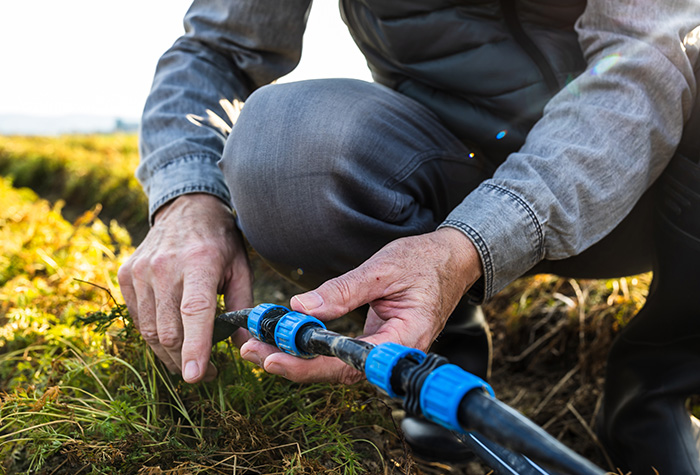
Constructing the Wind-Powered Water Pump
Building the Tower:
- Height: The tower should be tall enough to ensure the windmill clears nearby obstructions by at least 15 feet.
- Materials: Use galvanized steel or treated wood for durability. The structure must be strong enough to support the windmill’s weight and withstand wind forces.
- Foundation: A solid foundation is crucial. Concrete is commonly used to anchor the tower securely.
Installing the Windmill:
- Assembly: Follow the manufacturer’s instructions for assembling the windmill on the ground.
- Hoisting: Use a crane or pulley system to lift the windmill onto the tower. This is often a two-person job.
- Orientation: The windmill should freely rotate to face the wind. Check that all moving parts are well-lubricated and move smoothly.
Connecting the Pump:
- Mechanical Connection: Connect the windmill to the pump using a rod or shaft. This transfers the rotational energy to the pump.
- Piping: Install pipes from the pump to your water source and to the irrigation system. Use durable, weather-resistant piping.
Setting Up the Irrigation System:
- System Type: Choose between drip irrigation, sprinklers, or soaker hoses based on your crop needs.
- Layout: Design the irrigation layout for even water distribution. Consider the topography of your land.
- Connection: Connect the output pipe from the pump to your irrigation system. Include a shut-off valve for control.
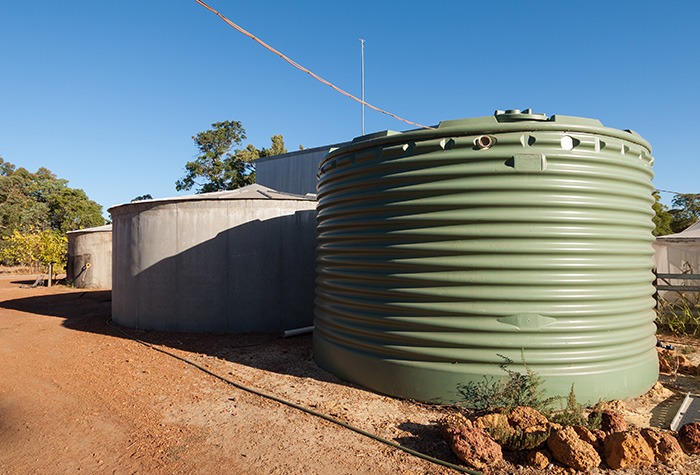
Maximizing Efficiency and Sustainability
Regular Maintenance:
- Inspection Schedule: Conduct regular inspections of the windmill, tower, and pump. Look for rust, wear, and loose components.
- Lubrication: Regularly lubricate all moving parts to ensure smooth operation.
- Repairs: Address any issues immediately to prevent further damage.
Water Storage Solutions:
- Storage Tank: Install a water storage tank to collect excess water. This ensures a continuous water supply during low wind periods.
- Placement: Place the tank at a higher elevation, if possible, for gravity-fed irrigation.
Check out this guide on choosing water storage tanks.
Smart Irrigation Practices:
- Water Conservation: Use mulching and soil moisture sensors to reduce water waste.
- Timing: Irrigate during cooler parts of the day to minimize evaporation.
- Monitoring: Regularly check the system for leaks or blockages.
Related Read: Gravity Fed Irrigation for Your Garden
Get access to premium content and more!
Homestead Automation: Work Smarter




